Gagan Narang
Department of Information Engineering, Università Politecnica delle Marche, Ancona, Italy
International Scholar, Faculty of Engineering Sciences, KU Leuven, Leuven, Belgium.

+39-3427430696
Office Address:
Q165 Room No. 208
Via Brecce Bianche, 12, 60131 Ancona (AN), Italy.
I am a PhD student at the Vision Robotics Artificial Intelligence (VRAI) lab of the Università Politecnica delle Marche in Ancona, Italy, currently visiting KU Leuven, Belgium. My research explores the intersection of artificial intelligence and strategic technological forecasting, with a focus on data-driven approaches for decision-making in fast-evolving sectors.
I have experience working at the industry-academic interface through collaborations and internships, including a recent academic internship at Jef Digital Innovation S.r.l. My work involves orchestrating technology across data pipelines, integrating structured and unstructured information to develop forecasting models and design strategic solutions.
I am particularly interested in applying AI and time series analysis to sustainability, mobility, and smart infrastructure. I actively contribute to interdisciplinary research, curriculum design, and international collaborations, and my broader mission is to ensure technological innovation translates into impactful outcomes for society.
Please feel free to reach out if you are interested in collaborations at the intersection of innovation, AI, and public good.
Core Areas of Work and Engagements
Research Directions
- Artificial Intelligence in Remote Sensing Applications
- Patent analytics & Innovation Management
- Strategic Management using Artificial Intelligence
Teaching & Mentorship
- Curriculum design & MOOC delivery
- Academic Services (Conference Special Sessions Hosting, Peer Reviewer)
- Participation in Startup & Hackathons
Policy & Advocacy
- International and National Projects Involvement
- Vice Chair for UN Groundwater Youth Network
- Partnership with Think Tanks
Technology Orchestration
- Smart aquaculture/agricultural systems
- Electric mobility projects
- Digital tools for social impact
Motivation
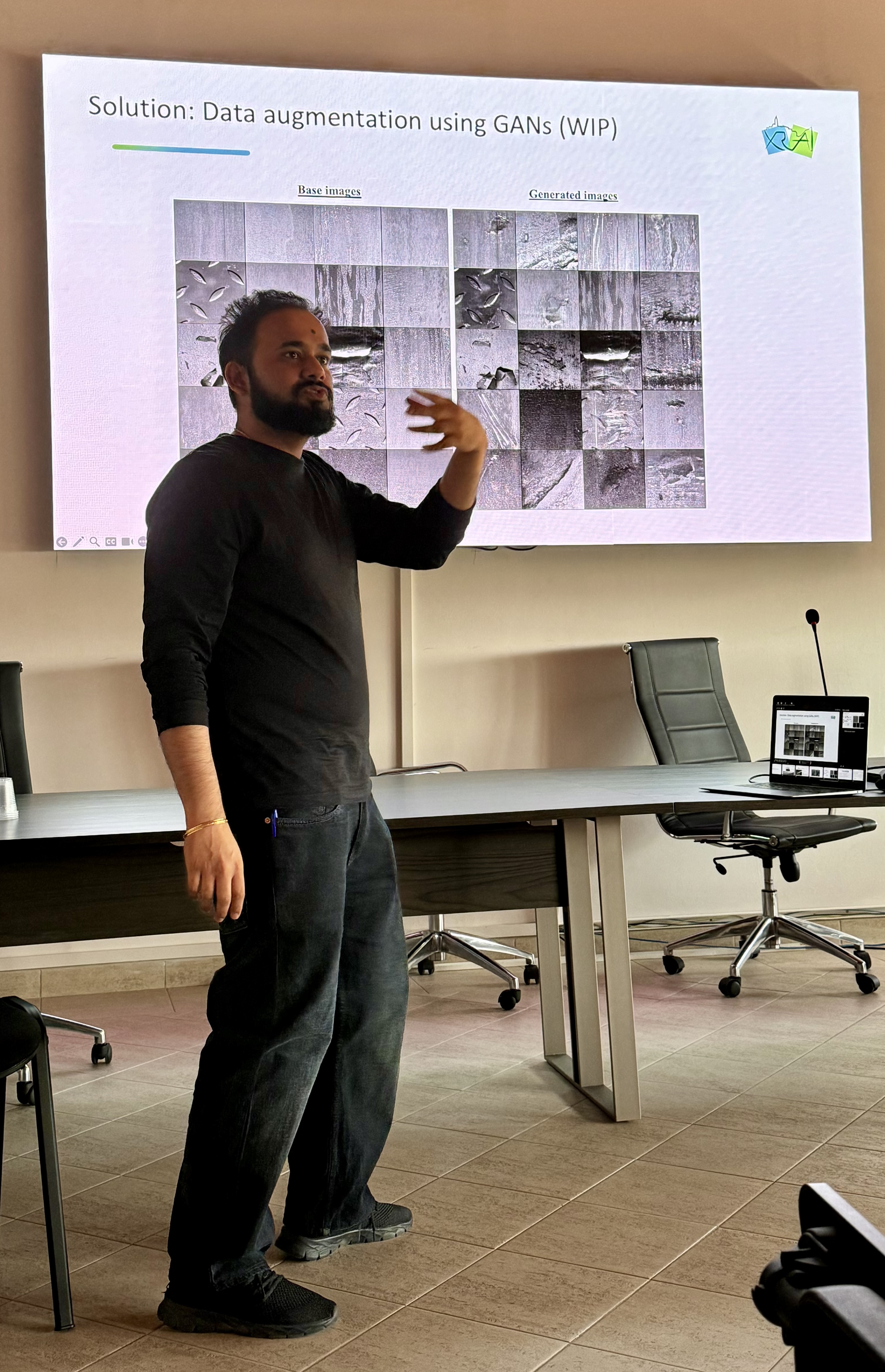
My motivation stems from the desire to make research not just insightful but usable—deployed in the real world and integrated with the rhythms of daily operations. Whether working with policymakers or deploying edge intelligence in critical infrastructure, I seek to anchor advanced technological systems in utility, adaptability, and long-term value.
At the core of this drive is a belief that impactful technology should not only be smart but also inclusive, modular, and responsive to the ecosystem it inhabits.
As a curious and impact-driven Engineer and Researcher, my mission is to bridge the gap between emerging technologies and societal good through actionable research and interdisciplinary development. My work is rooted in the belief that technology transfer should not remain confined to labs or papers — but must translate into scalable systems that solve real problems.
My interests span sustainability, infrastructure, innovation policy, and AI-based forecasting. I am particularly passionate about enabling intelligent systems to support more resilient and inclusive communities — especially in regions facing environmental and developmental challenges.
This website is a living archive of my projects, collaborations, and reflections. It is part of a broader vision to make research more transparent, useful, and inspiring. By sharing my journey in science, innovation, and technology orchestration, I hope to contribute to a growing community of changemakers who believe that progress must be thoughtful, inclusive, and grounded in impact.
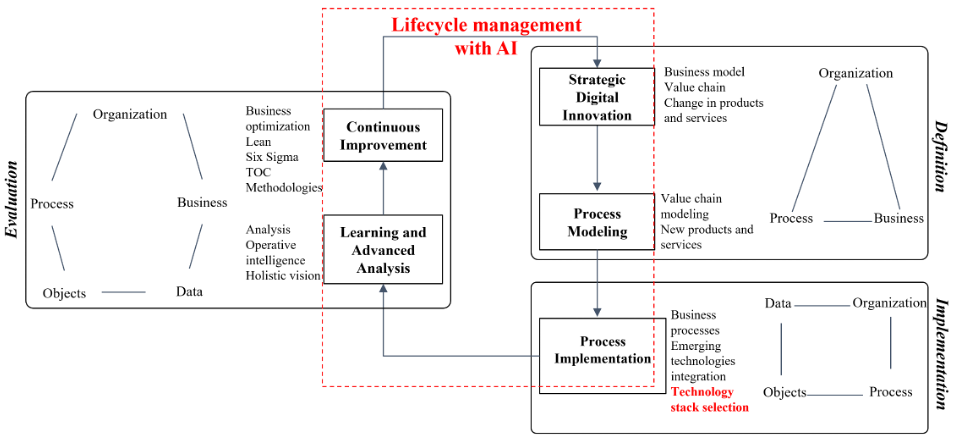
Personal Thoughts Beyond Engineering
This principle resonates deeply with my approach to both research and innovation. If the ultimate goal is meaningful technology transfer, it cannot arise from massive systems engineered in isolation. Rather, I believe in building simple, robust modules that interoperate—refined through trial, iteration, and context-specific feedback.
"A complex system that works is invariably found to have evolved from a simple system that worked."
We’ve witnessed this pattern emerge throughout the AI wave—small components like transformers, embeddings, and basic attention mechanisms stitched together to produce systems of stunning capability. The elegance lies not in complexity but in how simply the complexity is composed.
Beyond engineering, I believe that intellectual humility, a willingness to adapt, and the art of thoughtful simplification are foundational to shaping technology that endures and empowers.
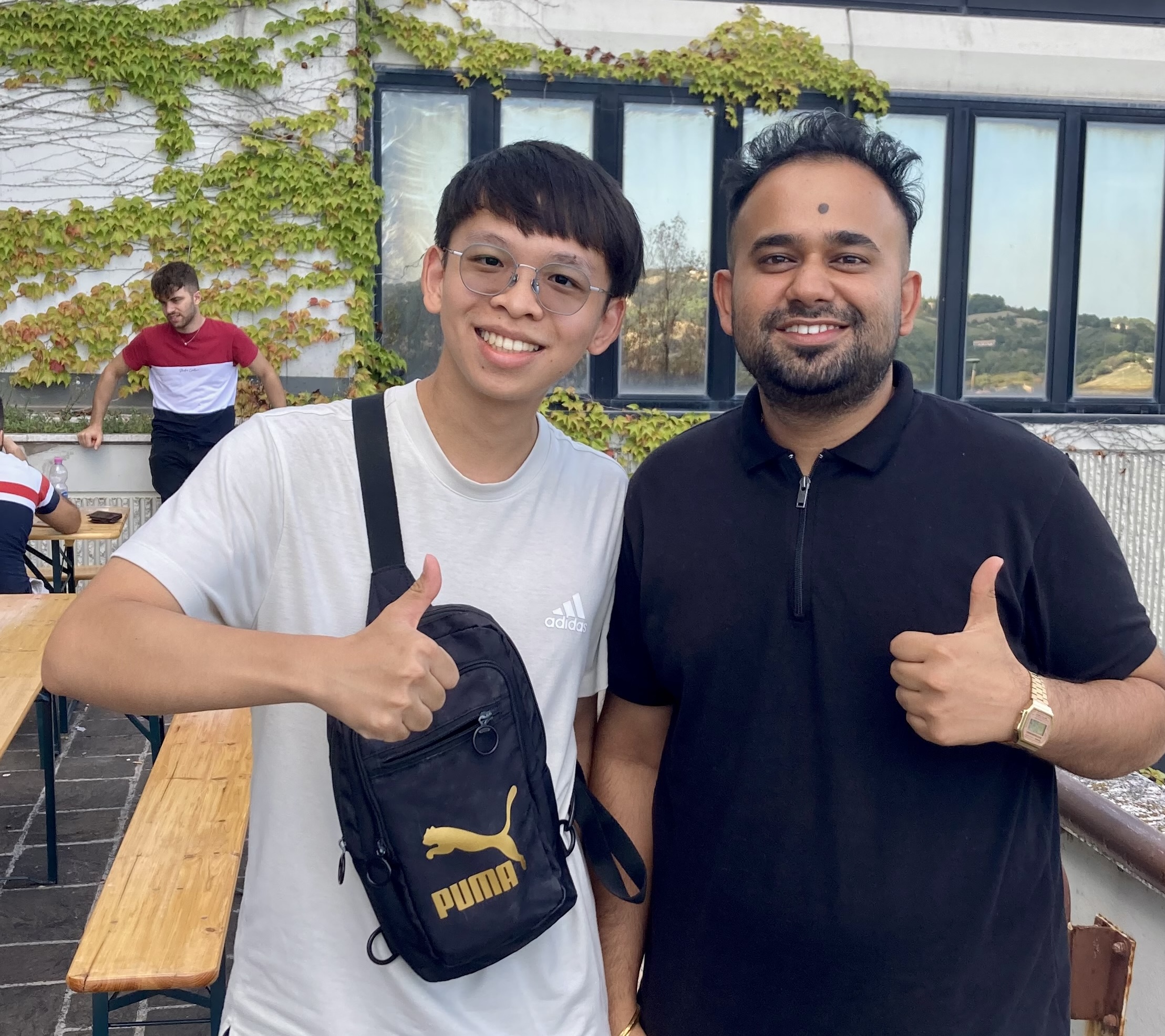
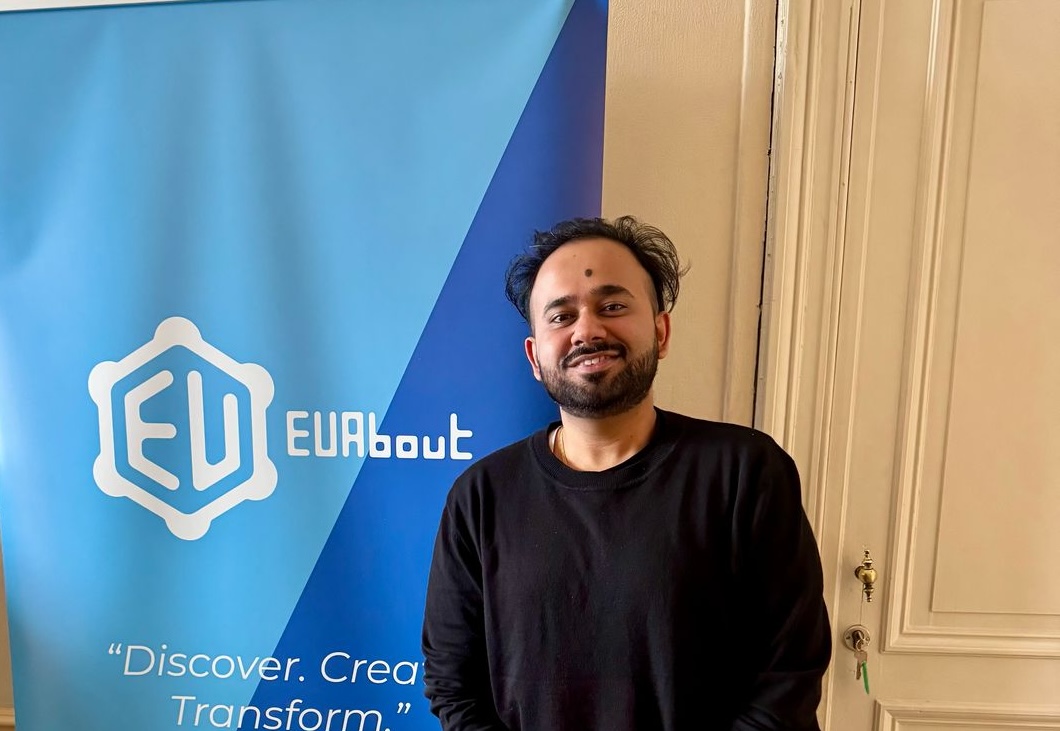
Summary of My Research So Far
My research lies at the intersection of core engineering and management engineering. Broadly, I am interested in the design of digital information systems and their strategic use for technological adoption, governance innovation, and societal impact. My work combines system prototyping and quantitative foresight: building data-driven architectures for sensing and decision-making, while also using patent analytics and policy research to understand how these systems diffuse in complex socio-technical environments for business objectives.
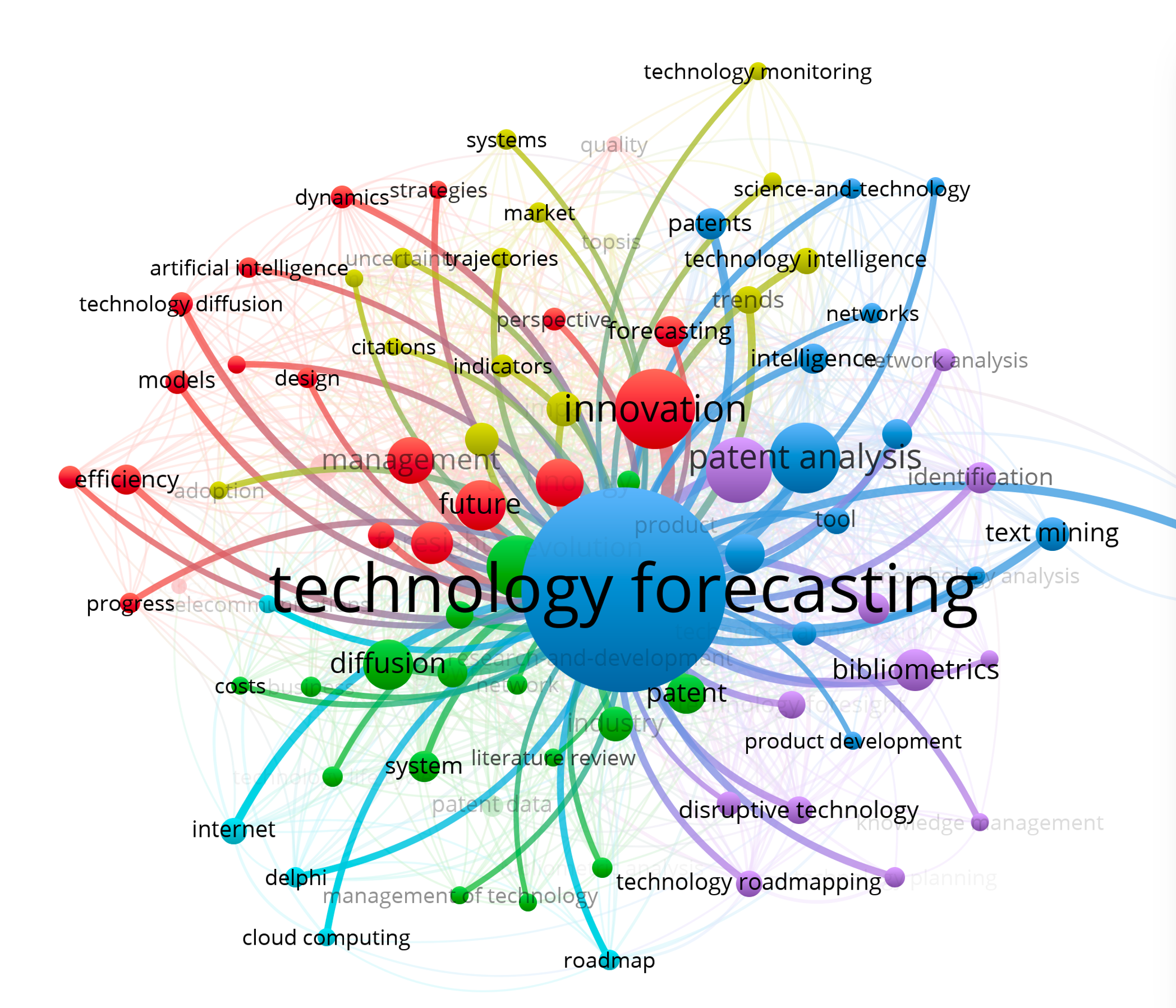
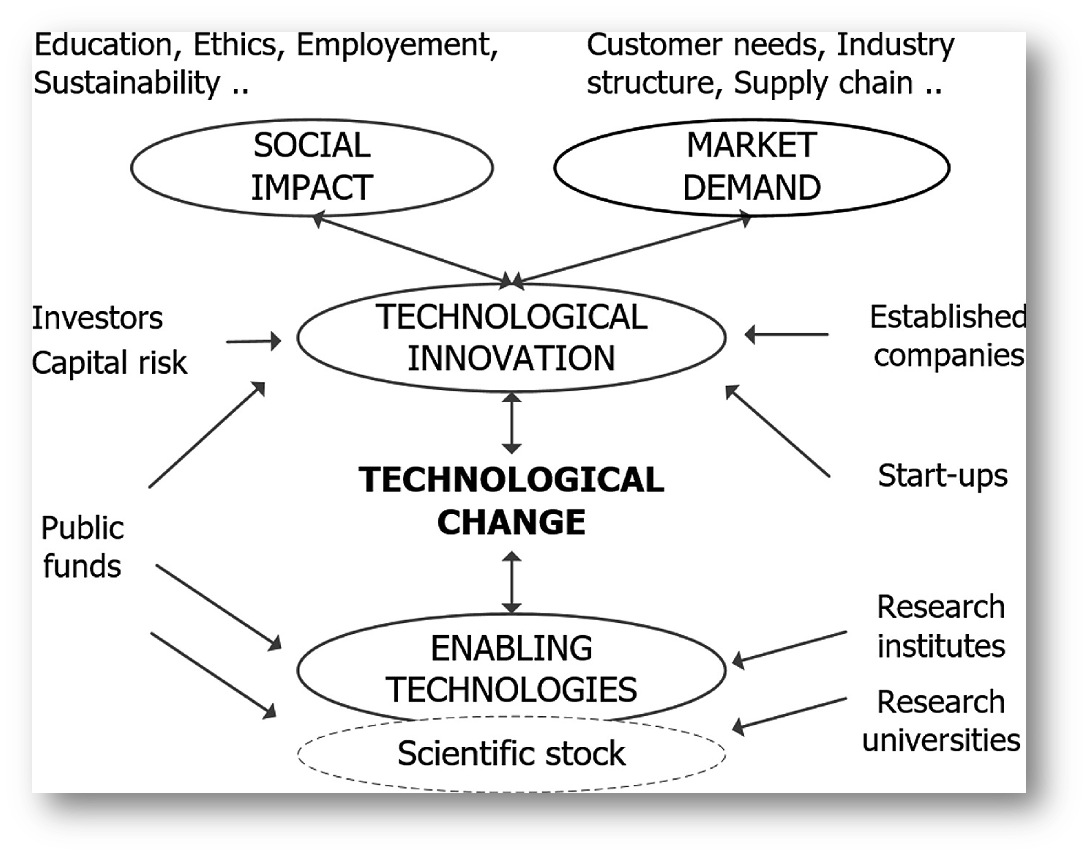
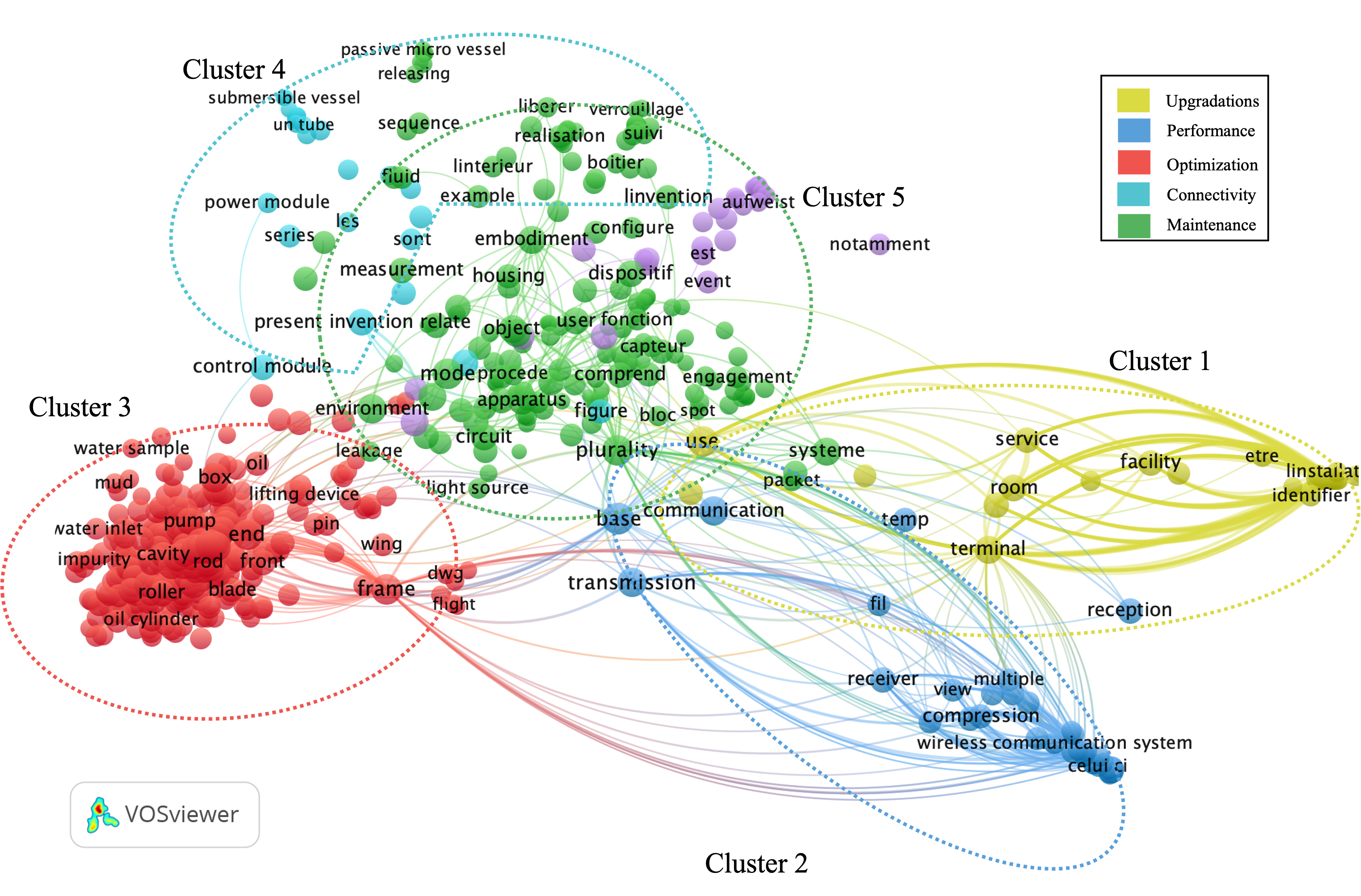
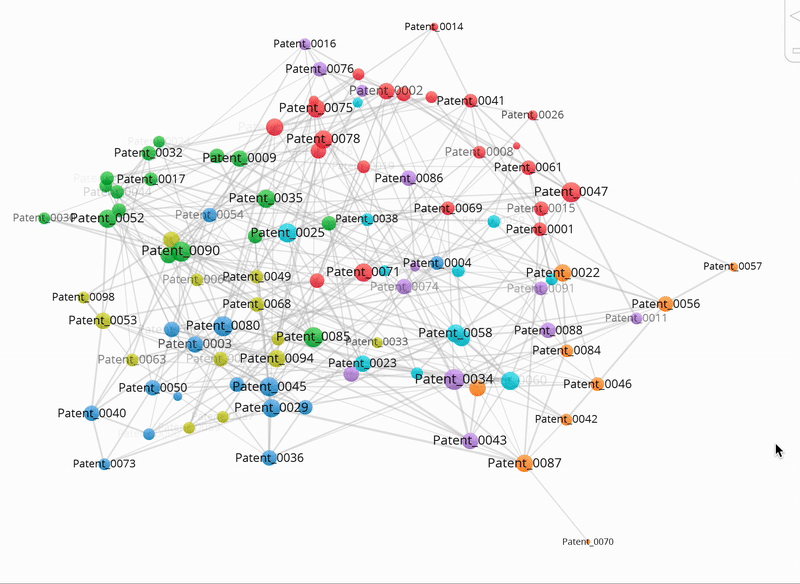
This hands-on work with information systems exposed me to rapid prototyping tools such as Microsoft Power BI and other low-code platforms. These tools not only accelerated system development but also deepened my interest in their wider socio-technical implications, particularly for business and public sector applications. More recently, I have been exploring how these streams—technological forecasting, policy framing, and system implementation—can converge into a unified strategy perspective.
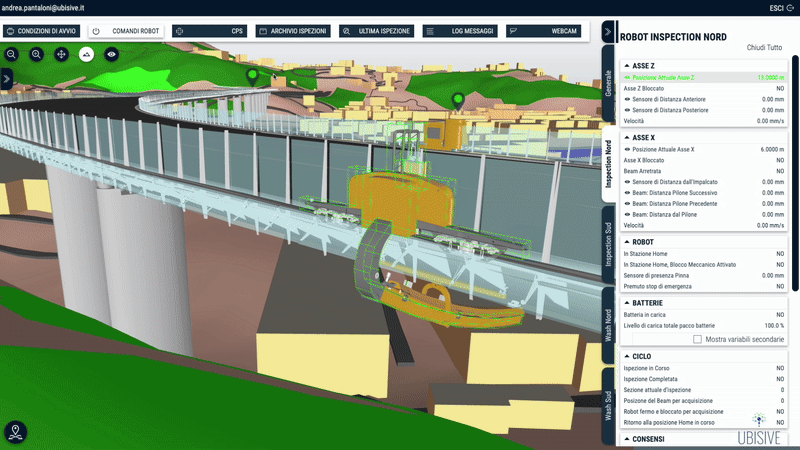
I’m Available For Freelance And Networking
Got an idea, a question, or just a spark of curiosity? Let’s turn it into something impactful — drop me a message, and I’ll get back to you shortly. You can also explore my consulting services for more.